Eat foods that are naturally yellow each day for an immunity-boosting vitamin C, as well as other essential nutrients specific to yellow foods. Eating naturally yellow fruits and vegetables helps ensure you have a well-balanced diet. You can start with the lemon buttercream cupcake recipe in this post.
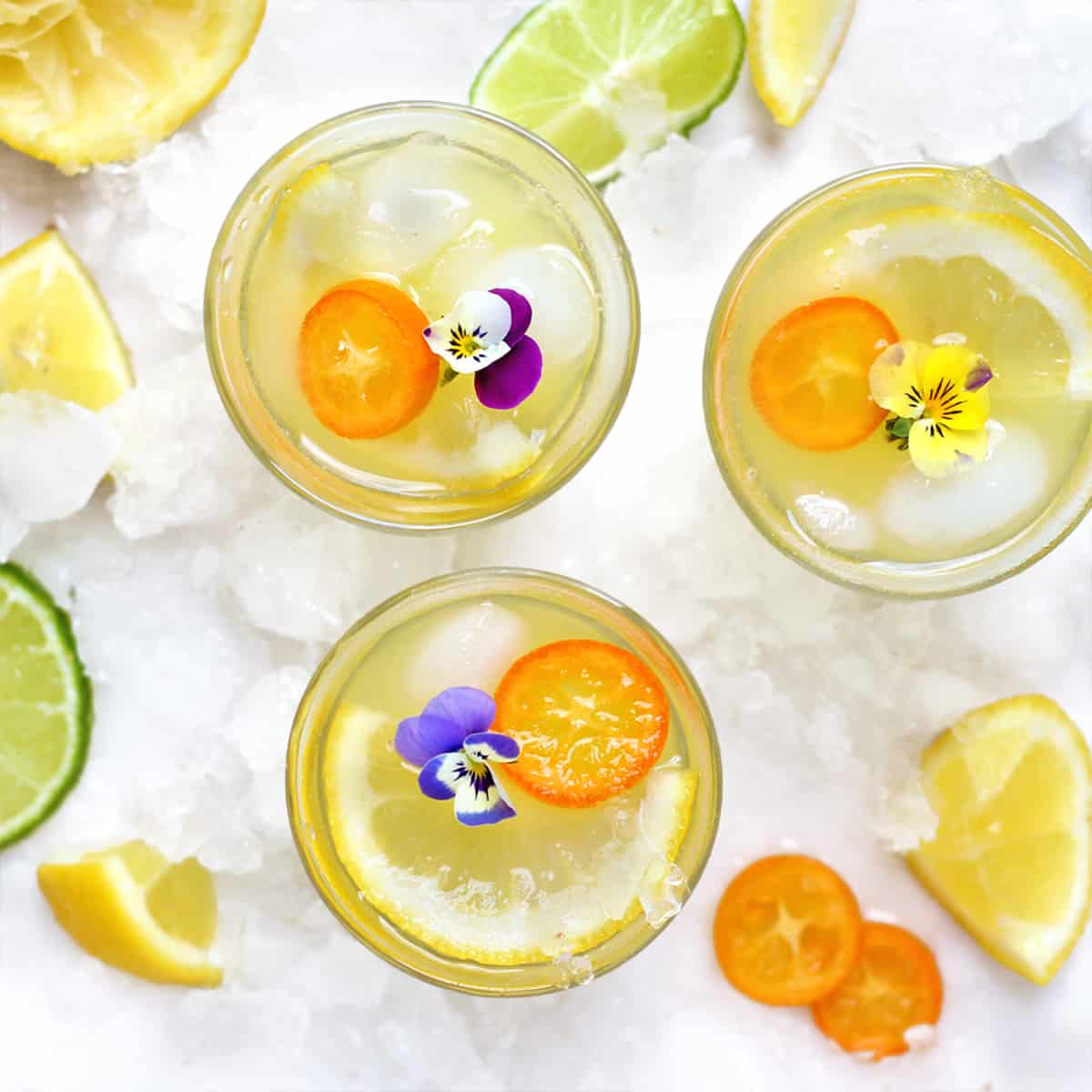
Eating foods that are naturally yellow are a step toward eating the rainbow which is exactly as it sounds. Eating a rainbow of fruits and vegetables ensures your body is getting a broad array of essential nutrients. Read more on my how to eat the rainbow post where you can grab a free download and I explain the benefits of eating red, yellow, orange, green, blue, purple and white foods every single day. Also take a peek at my 38 vegetables for smoothies guide and if you are looking for a citrus smoothie, try my orange smoothie.
Jump to:
How Yellow Foods Get Their Color
Yellow foods are yellow from the compounds carotenoids and anthocyanins. Carotenoids trigger a yellow orange color, while anthocyanins support a paler yellow. Anthocyanins are also responsible for the color blue in food, but the different colors appear depending on the number of anthocyanins (blue have more), and other chemical conditions within the fruit or vegetable.
Health & Nutrition
Yellow foods are rich vitamins and minerals including vitamin C, a bounty of B vitamins, potassium and fiber. The vitamin C levels found in most yellow food often exceeds daily requirements. Certain yellow foods like lemons have extra compounds that help cardiac function and digestion.
A List of Common Yellow Foods
Yellow apples
These soft meaty apples are not great for cooking but perfect for a snack with all the nutrients of red apples.
Yellow Cabbage
Cabbage, especially Chinese cabbage, is sometimes considered to be a white vegetable, but its leaves do have a yellow tinge. The leafy veggie is high in vitamin A and C.
Yellow Cauliflower
One of the more common yellow vegetables, yellow cauliflower is more orange than yellow but are considered in the yellow family because the source of the color is carotenoids.
Yellow Carrots
Yellow carrots taste just like orange ones. These yellow and orange foods are high in vitamin A and other nutrients that support eye health. Some types include amarillo, uzbek, jaune obtuse, yellow moon.
Banana
The most common banana found in most supermarkets is the Cavendish banana. There are about 9 other less commonly known types including the apple banana with red skin. Bananas are known for their high potassium levels and ability to energize and balance blood sugar. The greener the banana, the higher the fiber. Try them in my banana smoothie, banana milk, and banana apple smoothie.
Gold Beets
Beets are more commonly found purple or red, but they come gold as well. They have a milder flavor but a similar nutritional profile to the red variety.
Yellow Beans
Yellow beans, also called wax beans, can be prepared and eaten as you would green string beans. They taste the same and have the same nutritional value as green beans, but offer a different color.
Corn
The familiar yellow corn can be eaten on the cob, loose and steamed, popped into corn, made into a corn bread. Corn provides fiber as well as vitamin C.
Yellow dragon fruit
This unusual spiky fruit is better known in a bright pink, but the yellow version can be found more often after a burst of popularity on TikTok for its digestive benefits. Enjoy this dragon fruit in my sweet yellow dragon fruit lemonade recipe.
Ginger
Ginger is a spice that grows in root form and has long been revered for its medicinal properties as you can experience with my ginger shots, or my ginger juice.
Jackfruit
This large tropical fruit comes in a large melon. The edible fruit comes as pods and when ripe is perfect for sweet recipes such as my Jackfruit Smoothie, and when green, this fruit is perfect for savory meals such as a substitute for meat in shredded pork dishes such as in my BBQ Jackfruit Sandwiches. Jackfruit is high in vitamins A, B, and C, potassium and even protein.
Golden Kiwis
These furry round balls are normally green inside with a brown fuzzy skin, but they do come with a gold inside meat as well. This type tastes sweeter than the green variety, and is super high in vitamin C.
Lemons
This citrus fruit needs no explaining. High in vitamin C, it works well in sweet and savory dishes, and lemon juice is a popular ingredient in vegan baking because adding a teaspoon reacts with baking soda to lift the cake, replacing eggs. Lemons also have compounds that support weight loss, heart function, and even digestion.

Yellow Mango
Mangos come in a range of orange and yellow colors. There is pure yellow variety however that is very high in vitamin B6. Types include ataulfo, and manila.
Canary Melon
The canary melon is yellow in and out. It's medium in size, has a sweet and tangy flavor, kind of like a green pear, and is full of vitamin C.
👉Want to Save This Recipe?
Onions
Sweet onions with a tan skin and yellow flesh are considered yellow foods. The types include parma, sweet spanish. Enjoy them in my chickpea meatballs.
Asian Pear
Pears are yellow on the outside with white flesh. They are high in vitamin C, and antioxidants to boost immunity. Types include Taiwan, Korean, and Japanese. Would you like some pear lemonade?

Yellow Pepper
Several types of peppers are bright yellow. One type is hot, whereas bell peppers are mild tasting.
Pineapple
Pineapples are green and yellow on the outside, yellow on the inside. The fruit is sweet and sour and is the best way to say tropical. Try my pineapple smoothie.
Yellow Potato
Yellow potatoes are smaller and sweeter than most potato varieties. They have a yellowish-tan skin with a yellow inside flesh Nutritionally, they are high in vitamin C and B6. The types include yellow finn, yukon gold, delta gold, inca gold, and michigold.
Yellow pumpkin
Some people count pumpkin solely in the orange category, but there are enough of a yellow shade that they've earned a place with both colors. Pumpkin is super high in vitamin A and C, both a huge support of vision and immunity.
Radish
These tiny bulbs are more commonly found red but there are many varieties that come yellow, including the helios and jantar.
Starfruit
Starfruit are shaped like elongated stars and are full of a sweet meat that is perfect for fruit platters and salads. They are bright yellow inside and out and high in vitamin C as well as the B vitamins. They are also rich in minerals and iron.
Sweet potato
There are orange and purple sweet potatoes, but also yellow. They have a sweeter flavor than their orange counterparts.
Swiss Chard
While Swiss chard is most often found green, it can be found with green leaves but bright yellow stems. No matter the color, Swiss chard is high in vitamins K, A, C and E.
Yellow tomatoes
Yellow tomatoes come in several varieties including lemon boy, earl of Edgecombe, dixie golden giant, and Wyche. They are high in vitamin C and potassium, consistent with other yellow foods.
Turnip Rutabagas
Rutabagas are yellow turnips and are less easy to find. They are typically yellow inside and outside.
Yellow squash
Summer squash is high in vitamin A, B6, and C, along with a slew of micronutrients and minerals. It is known also for versatility in many dishes from stews, stir-fry's, sandwiches, salads and even smoothies.
Yellow zucchini
Not common, but yes the traditionally green zucchini can come yellow and has a sweeter flavor. Zucchini are full of micronutrients, great at hydrating and full of fiber.
Other Lesser-Known Yellow Foods
Other lesser-known yellow foods include saffron spice, chrysanthemum flower tea, durian, eggfruit, yellow watermelon. Processed foods dyed yellow don't count toward an eat the rainbow diet.
How to Naturally Dye Foods Yellow
Don't use artifical food coloring when you can use a natural fruit or vegetable to do the job. In fact, the store bought chemical yellow food colorings contain Yellow 5, or tartrazine, which is being studied for issues so why risk it? A pinch of turmeric in rice, batters or smoothies can quickly give you a mild yellow shade.
FAQS
No, nutritional benefits in an eat the rainbow diet come from eating natural foods. Those processed snacks such as Frito chips, yellow Hostess cupcakes, and yellow skittles or M&Ms are full of chemicals and zero nutrition.
Orange and yellow fruits and vegetables support nervous system, eye, and heart health, while also benefiting skin, immune system, and bone strength.
To get a wide range of phytonutrients, eat at least 2 servings of each color, and that includes 2 servings of yellow food.
Be sure and visit the USDA for more detail on the nutrition make up of fruits and vegetables. And remember to run any specific medical questions by your own doctor, as well as to get confirmation that my information works for you as I am not a medical professional.
More Color Themed Foods
If you tried this recipe or any other recipe on my website, please leave a 🌟 star rating and let me know how it went in the 📝 comments below. Thanks for visiting!
📖 Recipe

Foods That Are Naturally Yellow: Lemon Buttercream Cupcakes
Ingredients
Dry Ingredients
- 1 cup all purpose flour or gluten free baking flour
- 1 ¼ cups oat flour or use all purpose or gluten free baking flour
- 1 cup organic cane sugar
- 2 tablespoon lemon zest
- 2 teaspoon baking powder
- 1 teaspoon baking soda
- ½ teaspoon salt
Wet Ingredients
- 6 tablespoon applesauce
- ½ cups dairy free milk
- ¼ cup fresh lemon juice
- 1 tablespoon vanilla
👉Want to Save This Recipe?
Instructions
Prep
- All ingredients need to be a room temperature
- Preheat oven to 350 F.
- Add the lemon juice to the milk, stir and set aside.
- Line baking containers with parchment and/or grease and flour.
Add wet ingredients + sugar
- Add the wet ingredients to a large bowl and stir until sugar is dissolved and the texture is creamy.1 cup organic cane sugar, 2 tablespoon lemon zest, 6 tablespoon applesauce, ½ cups dairy free milk, 1 tablespoon vanilla, ¼ cup fresh lemon juice
Add dry ingredients through a sieve
- Add all the dry ingredients into the wet mixture through a fine mesh sieve.1 cup all purpose flour, 1 ¼ cups oat flour, 2 teaspoon baking powder, 1 teaspoon baking soda, ½ teaspoon salt
Bake the cupcakes
- Fill each cupcake well about ⅔ full. Bake the cupcakes at 14 minutes.
Cooling & storage
- Cool cupcakes in the pan for 10 minutes, then remove and cool on a rack.
- Frost with your favorite buttercream frosting with 2 tablespoons of lemon juice stirred in.

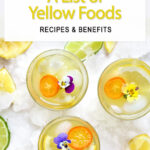
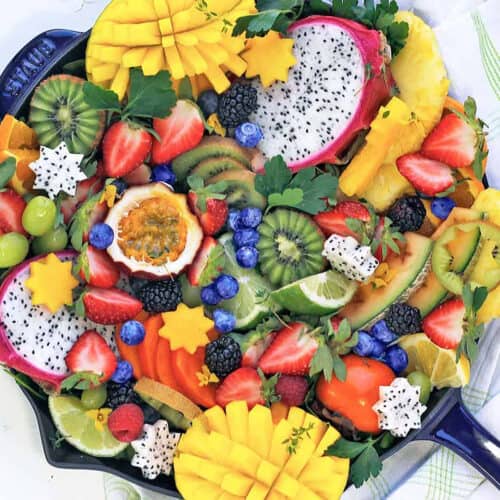
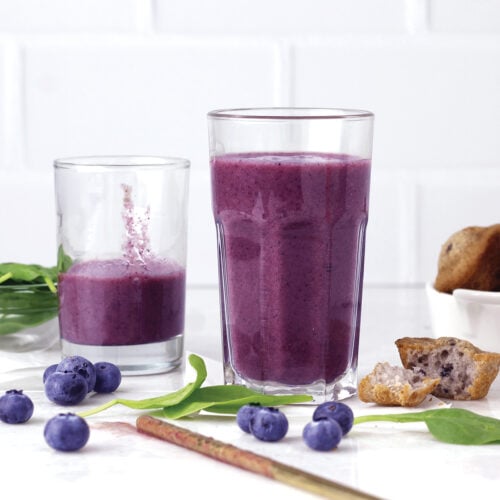
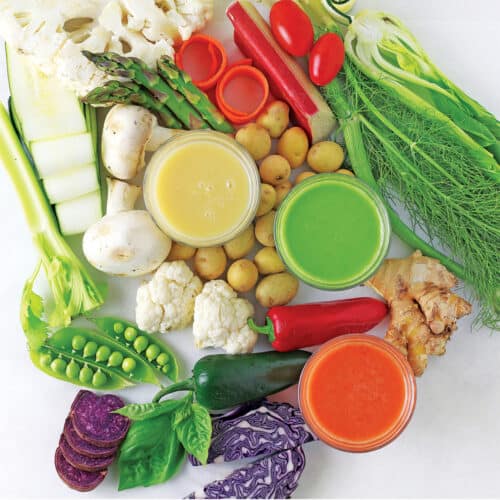
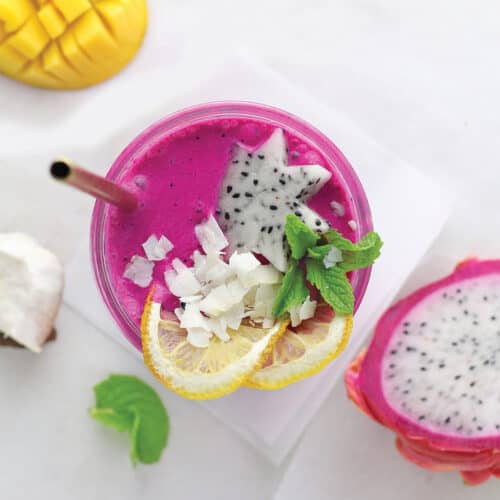


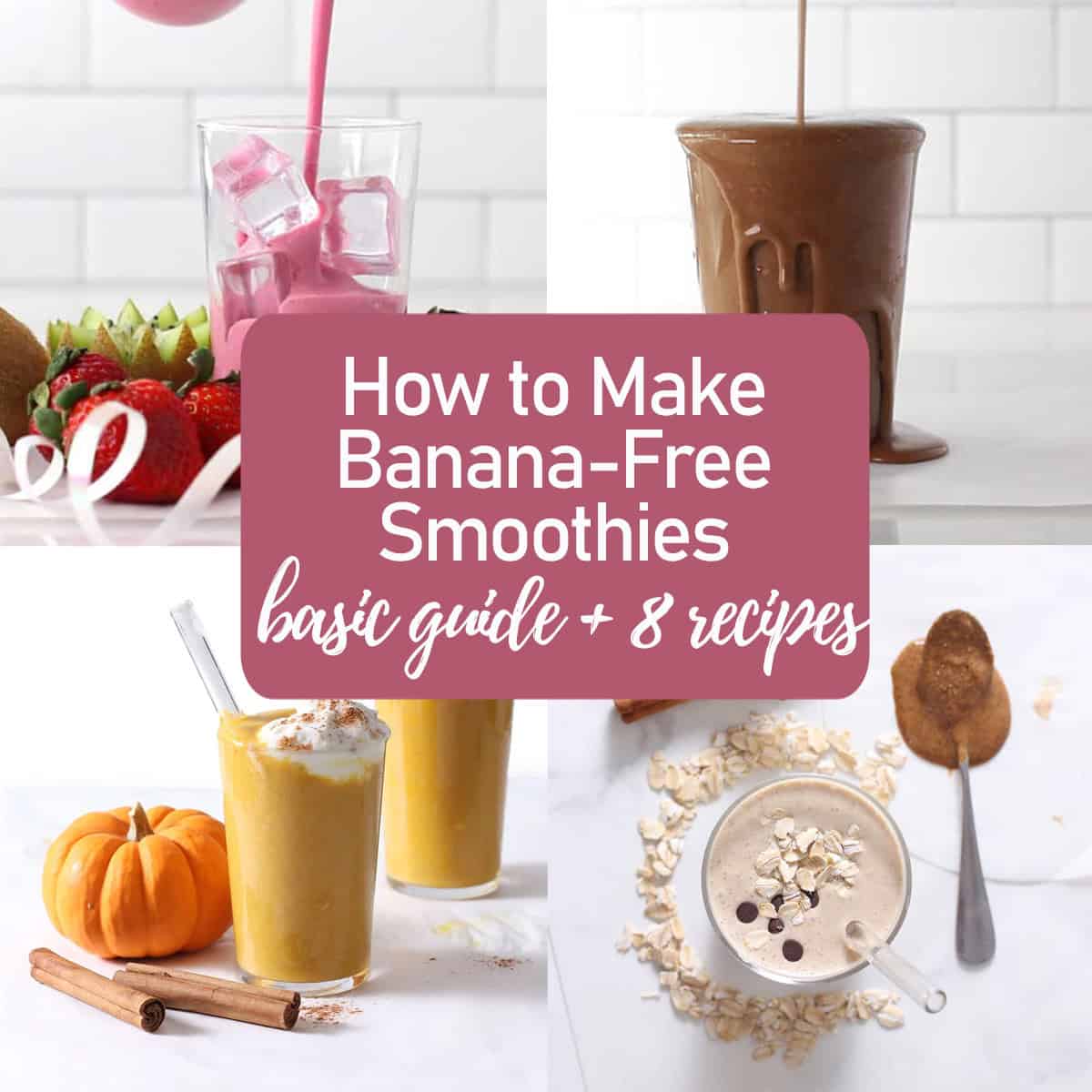
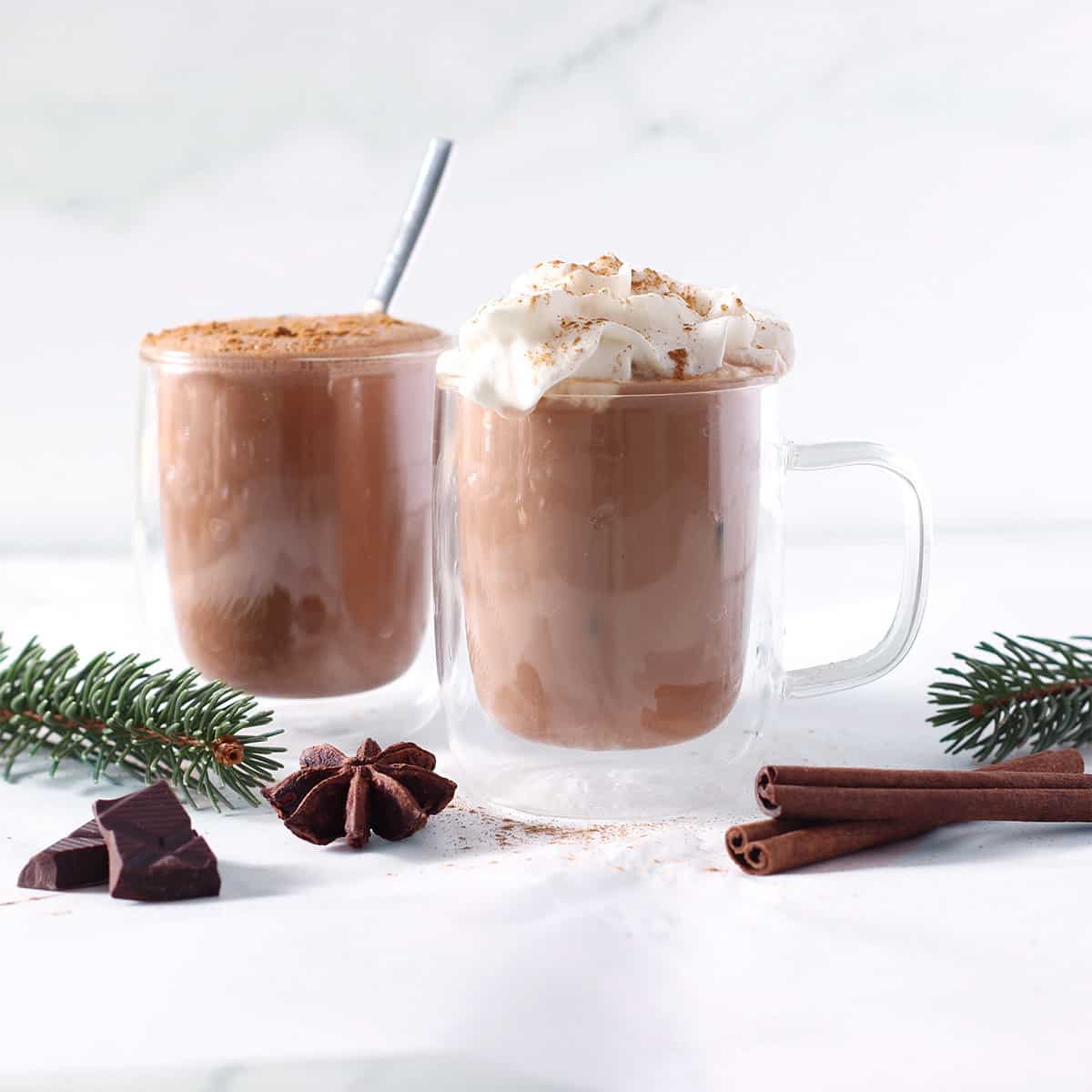
Leave a Reply